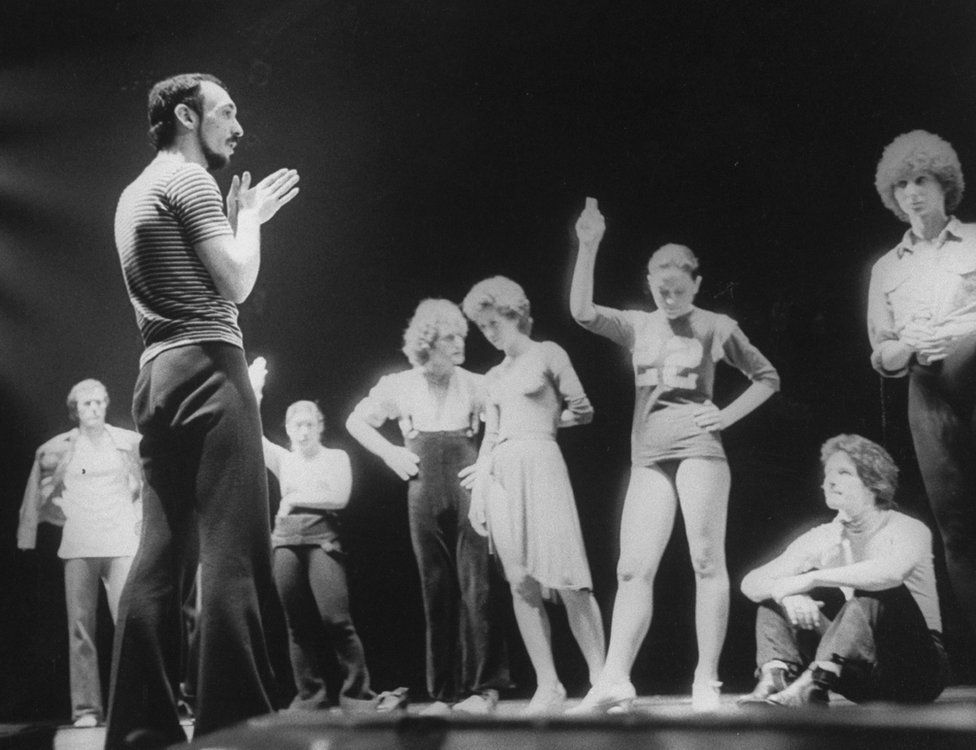
As the sexually aggressive Sheila describes how the ballet offered her an escape from domestic conflict, others pick up the theme and float into an evocation of classical dance. Marvin Hamlisch's numbers, with one exception, arise naturally from the stories being told. The other secret of the show's success lies in its fluidity of form. It reminds me of Arnold Wesker's Chips With Everything where, however much we may resent it, we still choke with emotion at the sight of a group of raw RAF servicemen being transformed into a perfectly drilled ensemble. But in the famous final number, One, we rejoice at seeing the dancers perform in glorious unison. As the director whittles a group of auditioning hopefuls down to a final eight, we hear the dancers' confessions: we learn about their broken homes, aspirations to stardom, fear of failure and, in the touching case of a Puerto Rican guy, his shame at being found by his parents dancing in a drag revue.

Clearly the show was intended to make us aware of the individuality of the regimented hoofers who form the backdrop of any musical. Part of the magic of Michael Bennett's original concept lies in its ambivalence.
AT THE CHORUS LINE TV
And even if TV has since bombarded us with backstage dramas about the anguish of auditions, this musical stands up strongly to revival. Maybe not but this show, which started its life at the Public theatre in New York in 1975, enjoyed a record-breaking 15-year spell on Broadway.


"N othing runs for ever," says a character in A Chorus Line.


 0 kommentar(er)
0 kommentar(er)
